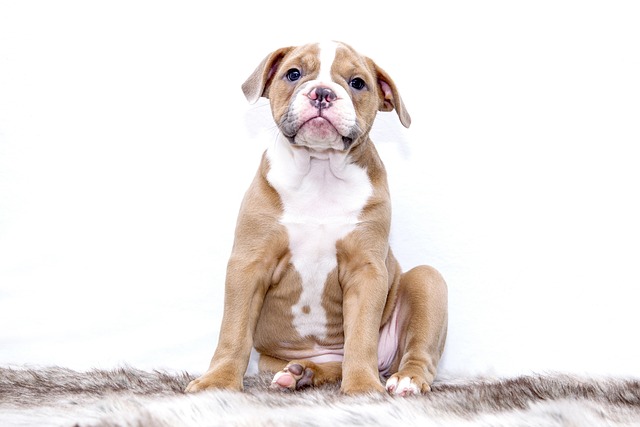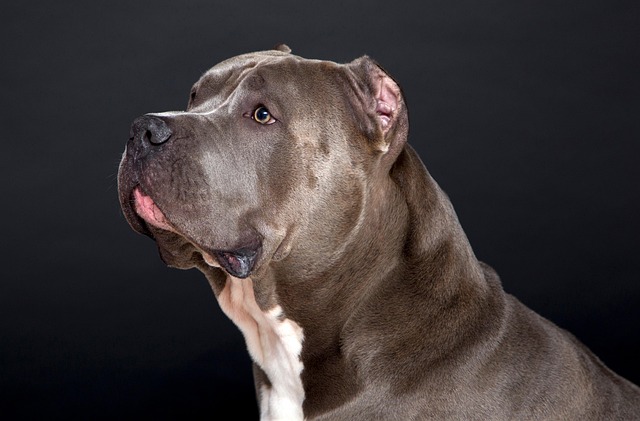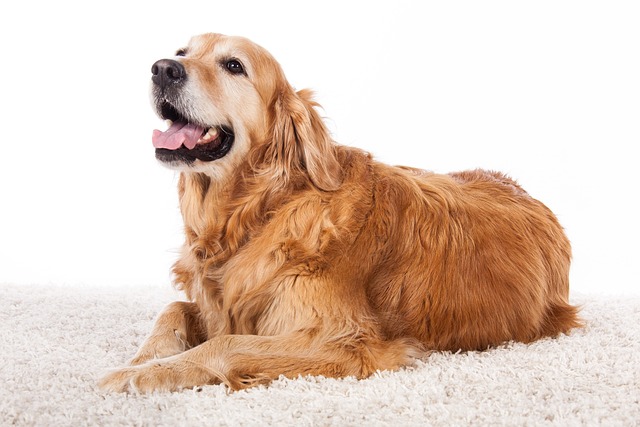
How can I determine if my dog needs probiotics
If you’re a new dog parent in the US—maybe you’re standing in your Chicago apartment, staring at your 7-month-old Poodle mix, Bella
First, start by gently examining your dog’s paw in a well-lit spot—maybe by your kitchen table where they feel calm. Look for redness, swelling, oozing, or tiny foreign objects like thorns from your backyard rose bushes, which are common culprits here. If you spot something small, use tweezers (sterilized with rubbing alcohol first) to pull it out slowly, talking to your pup in a soft voice to keep them relaxed. Never force anything deep into the paw pad, though—if it’s stuck, stop and call a vet.
Next, clean the infected area with a mild, pet-safe antiseptic solution—avoid using hydrogen peroxide or alcohol, as they can irritate sensitive paw skin. A mix of warm water and a tiny bit of unscented baby shampoo works too, gently lathering and rinsing until the paw is clean. Pat it dry with a soft towel, not rubbing, to prevent more discomfort. After cleaning, apply a thin layer of pet-specific antibiotic ointment; human ointments like Neosporin might have ingredients that are toxic if your dog licks it off.
 Then, protect the paw to keep it clean and stop your dog from licking or chewing the infection. A soft, breathable paw wrap or a disposable dog boot (make sure it fits snug but not tight) works well—especially if you take them outside for potty breaks. If your dog tries to take it off, distract them with a toy or a short walk, but keep walks brief for a few days to let the paw heal. Remember, in many places, leaving a dog outside for long with an injured paw could violate local animal welfare laws, so stick to supervised outdoor time only.
Then, protect the paw to keep it clean and stop your dog from licking or chewing the infection. A soft, breathable paw wrap or a disposable dog boot (make sure it fits snug but not tight) works well—especially if you take them outside for potty breaks. If your dog tries to take it off, distract them with a toy or a short walk, but keep walks brief for a few days to let the paw heal. Remember, in many places, leaving a dog outside for long with an injured paw could violate local animal welfare laws, so stick to supervised outdoor time only.
Keep a close eye on the infection over the next 24-48 hours. Check for signs of improvement: less redness, no more oozing, and your dog putting weight on the paw normally. If you notice worsening symptoms—like increased swelling, pus, a bad smell, or your dog limping more—see a vet right away. Don’t wait to seek professional help; untreated paw infections can spread to the bones or cause other serious health issues.
Also, think about why the infection happened in the first place. Did your dog step on something sharp during a hike at the local trail? Are their paw pads dry and cracked from hot pavement in summer or salted roads in winter? Adding a paw balm to your daily routine can help prevent future issues, and keeping your yard free of debris reduces the risk of injuries. Always carry a small first-aid kit for your dog when you’re out, too—you never know when a quick clean-up might be needed.
Finally, remember that while home treatment works for mild infections, it’s no substitute for a vet’s care. If you’re unsure about the severity, or if your dog has other health issues, schedule an appointment immediately. Following local laws about pet health—like keeping up with vaccinations that boost their immune system—also plays a big role in keeping their paws healthy. With a little care and attention, your pup will be back to running and playing on their happy, healthy paws in no time.

If you’re a new dog parent in the US—maybe you’re standing in your Chicago apartment, staring at your 7-month-old Poodle mix, Bella

Tetanus in dogs comes from bacteria entering open wounds—think a deep cut from a rusty fence nail during a walk, or a scraped paw from digging in contaminated soil.

If you’re a new dog parent to a senior pup in the US—maybe you’re standing in your Arizona apartment, watching your 10-year-old Labrador

Many dog owners panic at the first sign of a swollen abdomen, assuming it’s bloat—a life-threatening condition that demands emergency care.

Many dog owners first notice stomatitis when their pup turns away from favorite kibble or whimpers while chewing.

If you’re a new dog parent in the US—maybe you’re sitting on your Portland apartment floor, gently brushing your 10-month-old Bichon Frise